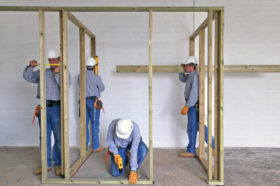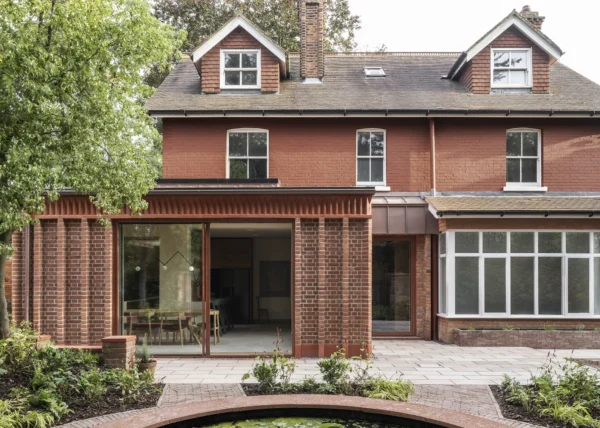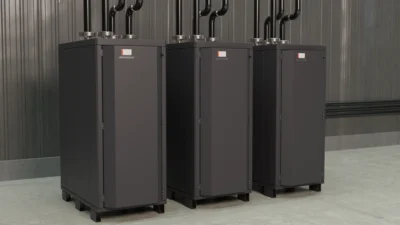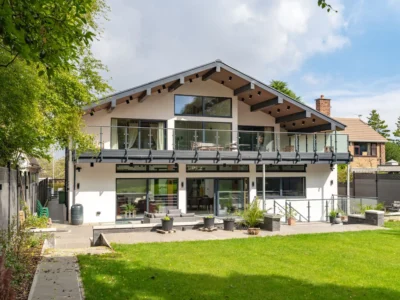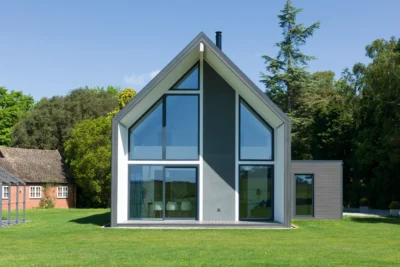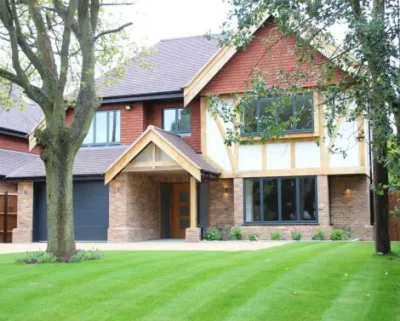‘Britain is full’ seems to be the general consensus of groups like the Campaign for the Preservation of Rural England (CPRE). They believe a relaxation of planning policy will be the end of a green and pleasant land as developers will ‘concrete over the Green Belt’.
The government’s own figures state that just 9% of the UK is developed. The rest is agricultural land, forests, heathland, mountains and lakes. To fit in all of the new homes we need, it has been suggested that this figure should rise up to 12%.
It’s not a huge amount, but critics are quick to state that this equates to a development equivalent to the size of Cornwall. They also imply that any expansion would create massive new estates replacing beautiful countryside. It seems the only way to get a protest heard is by scaring the wits out of the general public by proclaiming that the Green Belt is about to disappear.
‘Green Belt’ and ‘greenfield’ are emotive terms. They are not the same thing, but the words are often used interchangeably.
The former is a legal term referring to specifically designated land around urban areas. It’s designed to stop urban sprawl turning towns and cities into one amorphous lump and to retain open spaces created to be the lungs of built-up areas. Yes, it should be preserved and development restricted to sensible replacement and modest extension of existing dwellings.
Greenfield is the bit of the country as yet untouched. A lot of it really isn’t anything special – have a look at the swathes of intensively cultivated fields around the nation. It is completely man-made for industrial scale farming, but it’s still ‘greenfield’.
Instead of creating more soulless estates of identikit houses, I would argue for a different approach, at least in part. While land that has previously been developed (known as brownfield land) should always be considered as a first option, especially for estates and affordable homes, some greenfield sites must also be used.
The land could be suitable for a house or two tacked on to the end of an existing road out of the town and hardly anyone would notice, because it would be on a reasonable scale. Many of these could be self built houses to provide a variety of new, high quality homes in the areas that need them. These would keep villages alive. Rural areas need young families that will use the village school, provide the trade for the village shop and support the local pub.
The CPRE wouldn’t like this as it means change; it also thinks it would have an adverse affect on house prices. I disagree. There’s a need for affordable new estates, but let self-builders have a go, too.
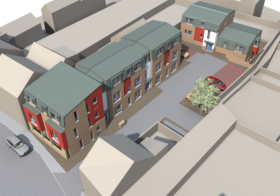






























































































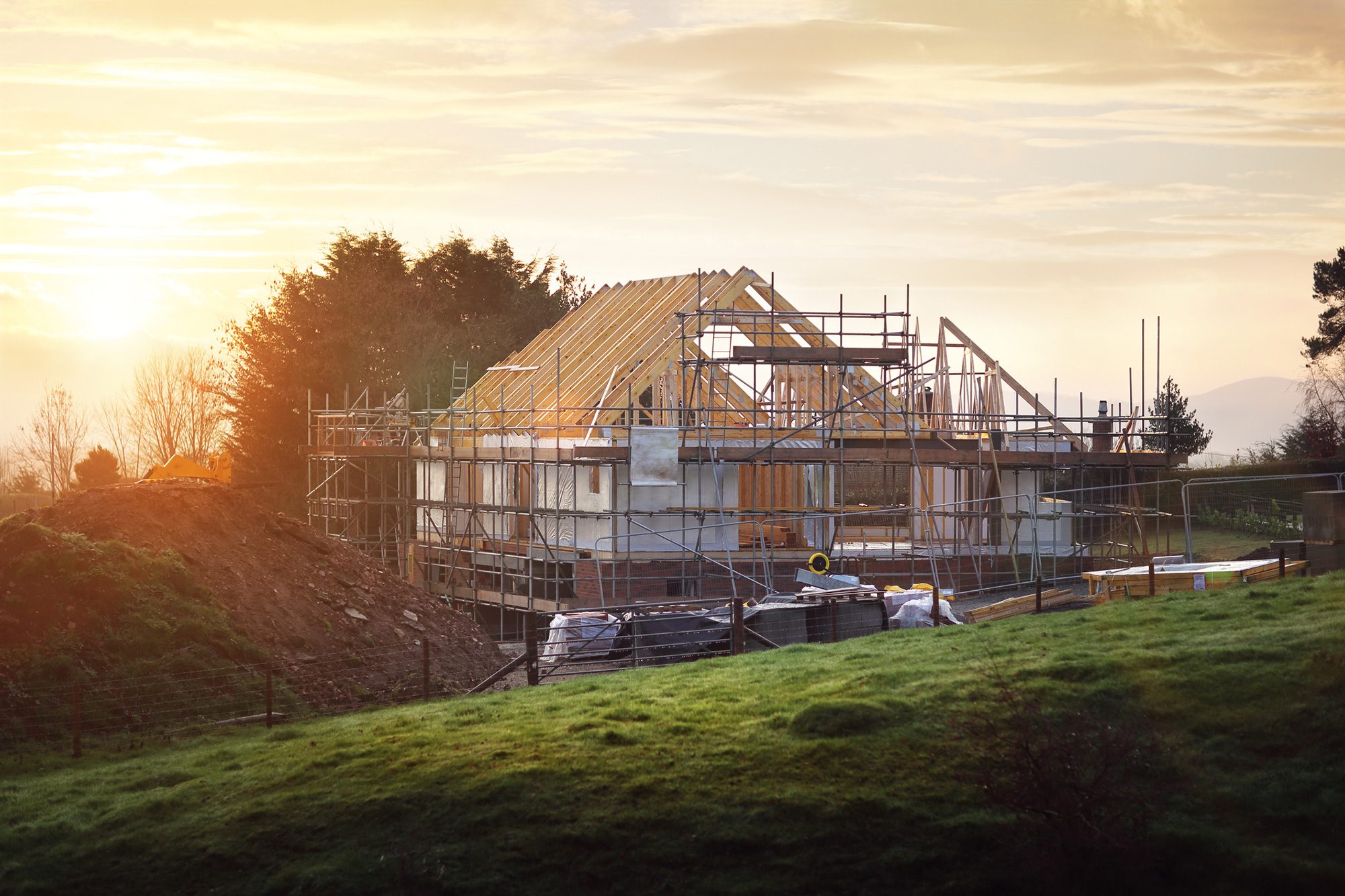
 Login/register to save Article for later
Login/register to save Article for later

